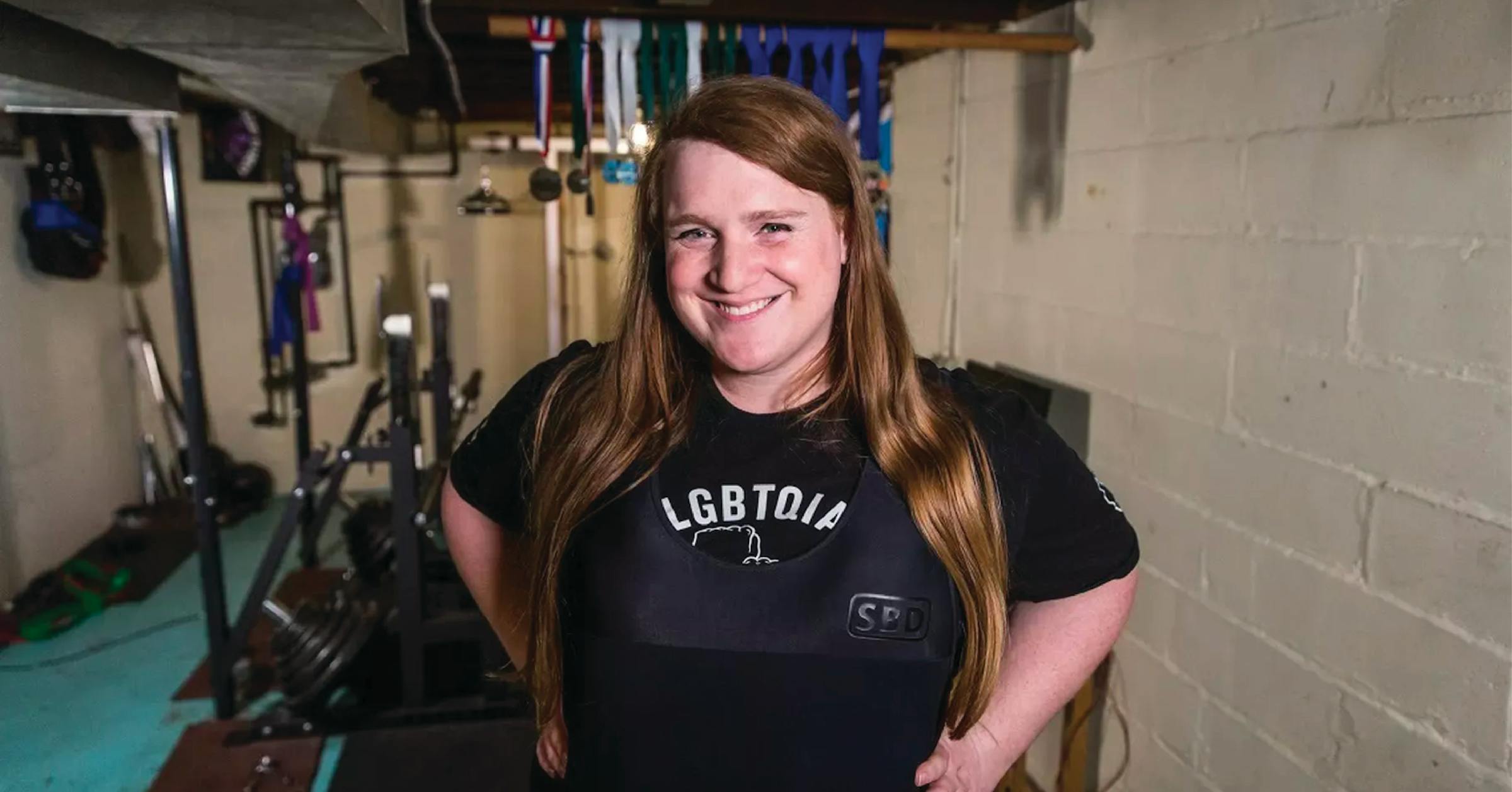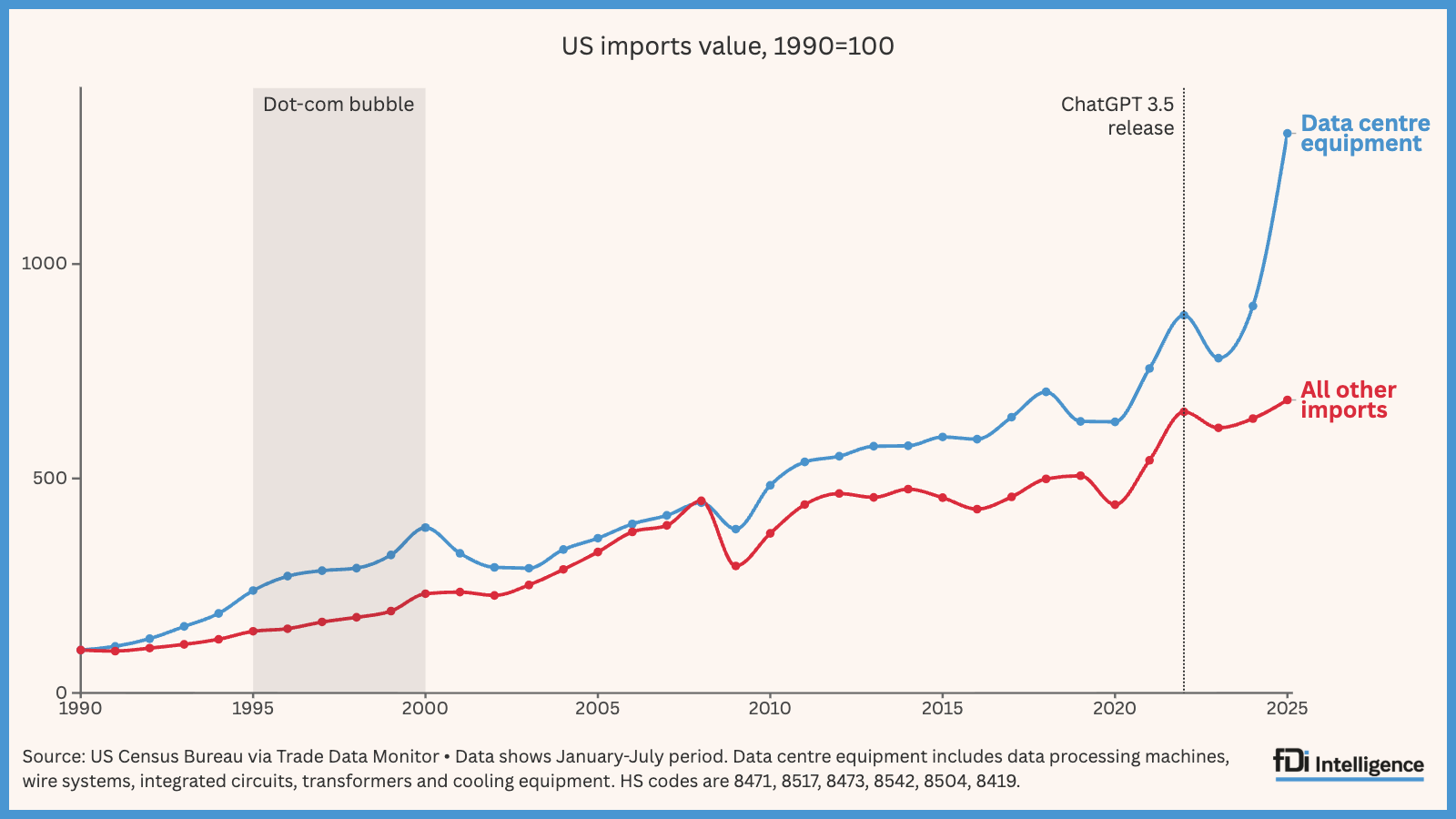Report on Disability Ethics and Sustainable Development Goals: Insights from Dr. Joel Michael Reynolds
1.0 Introduction
This report analyzes contemporary issues in disability ethics, as articulated by Dr. Joel Michael Reynolds, Associate Professor at Georgetown University. The analysis aligns these critical topics with the United Nations Sustainable Development Goals (SDGs), highlighting the integral role of disability inclusion in achieving global targets for health, equality, and sustainable communities.
2.0 Key Areas in Disability Ethics and their SDG Implications
Dr. Reynolds identifies three priority areas in disability ethics that directly correspond to several SDGs. These areas underscore the necessity of integrating disability perspectives into policy and innovation to ensure no one is left behind.
- Disability and Artificial Intelligence (AI): The integration of AI into healthcare and the workforce presents both opportunities and risks for people with disabilities. This directly impacts SDG 8 (Decent Work and Economic Growth) and SDG 9 (Industry, Innovation, and Infrastructure). A primary focus is to ensure AI development reduces systemic barriers, thereby advancing SDG 10 (Reduced Inequalities).
- Disability and Health Disparities: The formal recognition of disabled people as a health disparity population by the National Institutes of Health (NIH) is a critical step. This issue is central to SDG 3 (Good Health and Well-being), which aims to ensure healthy lives for all. Addressing these disparities is fundamental to achieving the targets of SDG 10 (Reduced Inequalities) by mitigating systemic disadvantages in healthcare access and outcomes.
- Disability and Emergency Preparedness: Lessons from the Covid-19 pandemic reveal significant gaps in emergency response infrastructure. Improving preparedness by listening to the experiences of disabled people directly supports SDG 11 (Sustainable Cities and Communities), particularly regarding the creation of accessible and resilient environments. It also strengthens capacities for managing global health risks, a key component of SDG 3 (Good Health and Well-being). Dr. Reynolds notes that improvements in accessibility during emergencies, such as multi-modal communication, benefit the entire population.
3.0 Fostering Inclusive Knowledge and Quality Education (SDG 4)
To address a significant gap in academic discourse, Dr. Reynolds founded The Journal of Philosophy of Disability. This initiative promotes several SDGs by creating an inclusive and high-quality platform for specialized research.
- Strengthening Academic Institutions: The journal provides a dedicated space for scholars, ensuring that research on disability is evaluated by experts in the field. This enhances the quality of scholarship, contributing to SDG 4 (Quality Education).
- Reducing Inequalities in Access to Knowledge: As an open-access publication that does not require author fees, the journal removes financial barriers to both publishing and accessing critical research. This model directly supports SDG 10 (Reduced Inequalities) by democratizing knowledge.
4.0 A Core Principle for Advancing Disability Inclusion
A foundational principle for all work related to disability is the recognition that the lived experience of disability cannot be understood through hypothesis or imagination by non-disabled individuals. This insight has profound implications for achieving the SDGs.
- Authentic Participation: To create effective and equitable policies that align with the SDGs, it is essential to engage directly with disabled people. This principle reinforces the overarching SDG commitment to “Leave No One Behind.”
- Informed Research and Policy: Listening to the testimony and collaborating with disabled communities is crucial for developing solutions that are genuinely effective and inclusive, from urban planning (SDG 11) to healthcare systems (SDG 3).
5.0 Recommendations for Building Collaborative Networks
Dr. Reynolds advises that achieving progress in bioethics and related fields is a social and collaborative endeavor. This approach is essential for advancing the complex, interconnected agenda of the SDGs.
- Foster Professional Networks: Building strong communities and friendships with colleagues is the most critical factor for a successful and impactful career.
- Engage in Mutual Support: Actively caring for colleagues and engaging with their work creates a robust ecosystem for research and innovation.
- Promote Collaborative Research: Viewing research as a collective “party” rather than an individual pursuit can lead to more comprehensive and sustainable outcomes, accelerating progress toward global goals.
Analysis of Sustainable Development Goals in the Article
1. Which SDGs are addressed or connected to the issues highlighted in the article?
- SDG 3: Good Health and Well-being: The article directly addresses health by highlighting “disability and health disparities” as a key topic. It mentions the formal recognition of disabled people as a health disparity population by the NIH, which aims to understand and mitigate these disparities. Furthermore, the discussion on “pandemic and emergency preparedness” relates to ensuring health security for all, including vulnerable populations.
- SDG 4: Quality Education: The founding of The Journal of Philosophy of Disability is a significant point in the article. This initiative addresses the need for a dedicated, high-quality academic space for research and scholarship on disability. By creating an open-access journal, it promotes inclusive and equitable quality education and research opportunities for scholars in this specialized field, enhancing the overall body of knowledge.
- SDG 8: Decent Work and Economic Growth: The article touches upon this goal when discussing “disability and AI, especially with regard to the incorporation of AI in… the labor force.” The concern about reducing risks and increasing benefits for disabled people in the context of technological advancements in the workplace is directly linked to promoting full and productive employment and decent work for persons with disabilities.
- SDG 10: Reduced Inequalities: This is a central theme of the entire article. The focus on disability ethics, health disparities, lack of accessibility, and the need to listen to the experiences of disabled people all point toward the goal of reducing inequalities. The article emphasizes empowering disabled people by valuing their insights and ensuring their needs are met, particularly in healthcare and emergency situations.
- SDG 11: Sustainable Cities and Communities: The article connects to this goal through the discussion on emergency preparedness and infrastructure. Joel states, “our current infrastructure is not set up to provide everyone with the sorts of supports they need,” specifically mentioning the “built environment.” The lack of general accessibility in daily life becomes a “question of life and death” during emergencies, highlighting the need for inclusive and accessible urban infrastructure.
2. What specific targets under those SDGs can be identified based on the article’s content?
- Target 3.8 (under SDG 3): Achieve universal health coverage, including access to quality essential health-care services. The article’s focus on mitigating “the health disparities that disabled people face” directly aligns with ensuring equitable access to healthcare for all.
- Target 3.d (under SDG 3): Strengthen the capacity for early warning, risk reduction, and management of national and global health risks. The discussion on learning lessons from Covid-19 and improving “pandemic and emergency preparedness” by listening to disabled people speaks directly to this target.
- Target 4.7 (under SDG 4): Ensure that all learners acquire the knowledge and skills needed to promote sustainable development. The creation of The Journal of Philosophy of Disability contributes to this by advancing and disseminating specialized knowledge, fostering a better understanding of disability issues within academia and beyond.
- Target 8.5 (under SDG 8): Achieve full and productive employment and decent work for all… including for persons with disabilities. The article’s concern with how AI in the “labor force” will affect disabled people relates to ensuring their continued and fair participation in the economy.
- Target 10.2 (under SDG 10): Empower and promote the social, economic and political inclusion of all, irrespective of… disability. The entire conversation, from recognizing health disparities to valuing the testimony of disabled people, is about promoting their inclusion and empowerment.
- Target 10.3 (under SDG 10): Ensure equal opportunity and reduce inequalities of outcome. The NIH’s formal recognition of disabled people as a health disparity population is a policy action aimed at ensuring equal opportunity in health outcomes.
- Target 11.7 (under SDG 11): Provide universal access to safe, inclusive and accessible, green and public spaces… in particular for… persons with disabilities. The critique of the “built environment” and its lack of accessibility during emergencies directly points to the need to achieve this target.
3. Are there any indicators mentioned or implied in the article that can be used to measure progress towards the identified targets?
- Indicator for Health Disparities (Targets 3.8 & 10.3): The article implies the need for data collection and monitoring through its mention of the “formal recognition of disabled people as a health disparity population by the National Institutes of Health.” An implied indicator is the reduction in specific health outcome gaps between disabled and non-disabled populations.
- Indicator for Emergency Preparedness (Target 3.d): The discussion about learning from Covid-19 implies a need for better planning. A relevant indicator would be the number of national and local emergency preparedness plans that explicitly include protocols and resources for persons with disabilities.
- Indicator for Inclusive Employment (Target 8.5): The concern about AI’s impact on the labor force for disabled people suggests a need for monitoring. An indicator could be the employment and unemployment rates of persons with disabilities in industries undergoing significant AI integration.
- Indicator for Accessible Infrastructure (Target 11.7): The critique of the “built environment” implies a need for assessment. An indicator would be the proportion of public infrastructure and buildings that are fully compliant with universal accessibility standards.
- Indicator for Academic Inclusion (Target 4.7): The creation of the journal itself serves as an indicator of progress in academia. A measurable indicator could be the number of peer-reviewed, open-access publications and academic programs dedicated to disability studies.
4. Table of SDGs, Targets, and Indicators
| SDGs | Targets | Indicators Identified in the Article |
|---|---|---|
| SDG 3: Good Health and Well-being | 3.8: Achieve universal health coverage. 3.d: Strengthen capacity for management of health risks. |
Reduction in health outcome gaps for disabled populations (implied by NIH recognition); Inclusion of disability-specific protocols in emergency preparedness plans (implied by Covid-19 lessons). |
| SDG 4: Quality Education | 4.7: Ensure all learners acquire knowledge for sustainable development. | Existence and success of specialized, open-access academic platforms like The Journal of Philosophy of Disability. |
| SDG 8: Decent Work and Economic Growth | 8.5: Achieve full and productive employment and decent work for persons with disabilities. | Monitoring the employment/unemployment rates of persons with disabilities in sectors with high AI adoption. |
| SDG 10: Reduced Inequalities | 10.2: Empower and promote the inclusion of all, irrespective of disability. 10.3: Ensure equal opportunity and reduce inequalities of outcome. |
Formal policy actions, such as the NIH’s recognition of disabled people as a health disparity population; Funding and initiatives aimed at mitigating these disparities. |
| SDG 11: Sustainable Cities and Communities | 11.7: Provide universal access to safe, inclusive and accessible public spaces for persons with disabilities. | Proportion of the “built environment” that is fully accessible, especially in the context of emergency access. |
Source: thehastingscenter.org







